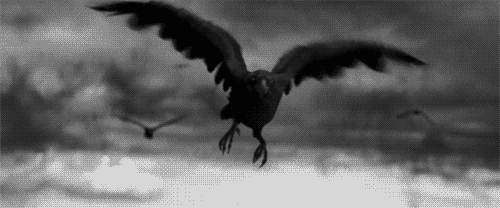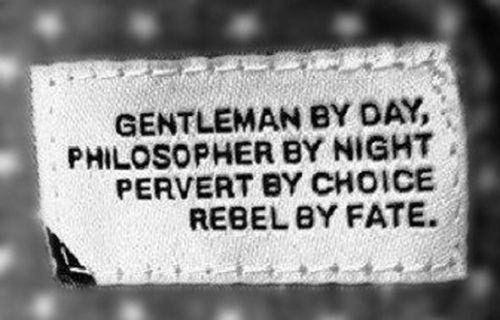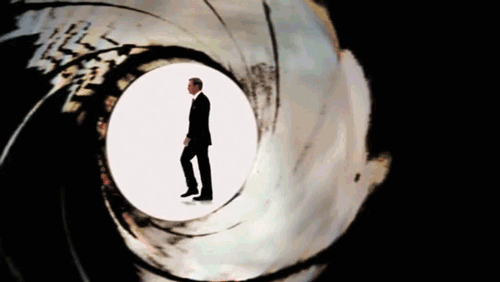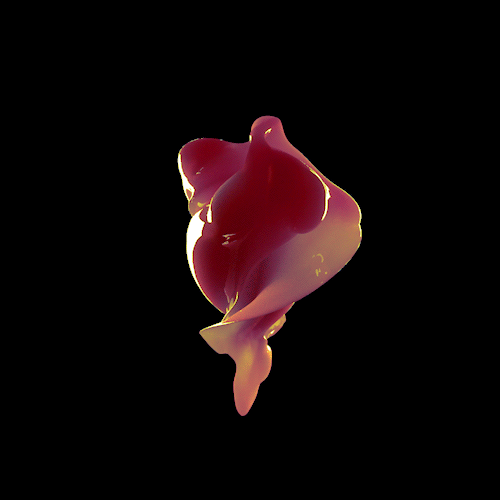The Golem: How He Came Into the World (original German title: Der Golem, wie er in die Welt kam) is a 1920 silent horror film by Paul Wegener. It was directed by Carl Boese and Wegener, written by Wegener and Henrik Galeen, and starred Wegener as the golem. The script was adapted from the 1915 novel The Golem by Gustav Meyrink.
The film was the third of three films that Wegener made featuring the golem, the other two being The Golem (1915) and the short comedy The Golem and the Dancing Girl (1917), in which Wegener dons the Golem make-up in order to frighten a young lady he is infatuated with. It is a prequel to The Golem and is today the most widely known of the series, largely because it is the only one that isn't now lost.
The film concerns itself with the legendary creation of the Golem, which had appeared in the earlier film, by Rabbi Judah Loew ben Bezalel. In the 16th century, the Jews of Prague face persecution. The emperor Rudolf II sends the knight Florian to deliver a decree declaring that the Jews of Prague must leave the city within a month. Upon arriving Florian falls in love with Miriam, Rabbi Loew's daughter, who in return is the love interest of Famulus, the Rabbi's assistant. Rabbi Loew and Famulus create a giant Golem out of clay to protect the Jews. The creature proves difficult to control, but Famulus eventually manages to tame it. Rabbi Loew takes the Golem to the emperor's court, and when it threatens to destroy the palace but then stops the destruction, the emperor allows the Jews to stay in Prague as a sign of gratitude.
The Jews celebrate in the street, but when Famulus tries to bring Miriam along to the celebrations he sees her courting with Florian. Irritated, he orders the Golem to remove Florian from the building, which he does quite literally; by seizing Florian and throwing him from the rooftop. Famulus tries to stop the Golem and protect Miriam, but the creature becomes uncontrollable and destroys the synagogue. It flees the town, pursued by the Jews as Famulus comforts Miriam.
In the end, a small girl stops the Golem by removing the amulet in the shape of a pentagram from its chest. After the triumphant final scene the movie ends with the image of a hexagram, symbol of Judaism.
Wegener had been unhappy with his previous attempt to tell the Golem story (Der Golem, 1915) due to compromises he had to make during its production. This second attempt is meant to more directly mimic the legend as he heard it told in Prague while he was filming The Student of Prague (1913). Architect Hans Poelzig designed the sets, a reproduction of the medieval Jewish ghetto of Prague. He designed them specifically to be filmed, creating highly expressionist imagery. The cinematography of Karl Freund, in collaboration with Poelzig and Wegener, is cited as one of the most outstanding examples of German Expressionism.























No comments:
Post a Comment